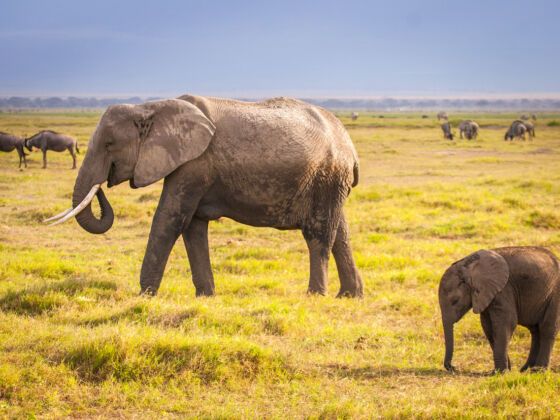Just because something is the status quo, or “the existing state of affairs”, doesn’t mean that those affairs should exist. After all, it was once common knowledge that the Earth was flat with a sun revolving around it, and look at us now, heliocentric and everything.
Wild animals used in performances is one of those seemingly normal things that is recently being challenged by new information and burgeoning empathy. Access to wild beasts has shifted from only being able to see whatever the traveling circus brings to town, to instantaneous access to animal-related content online, and easier access to travel that brings people to where the animals live.
